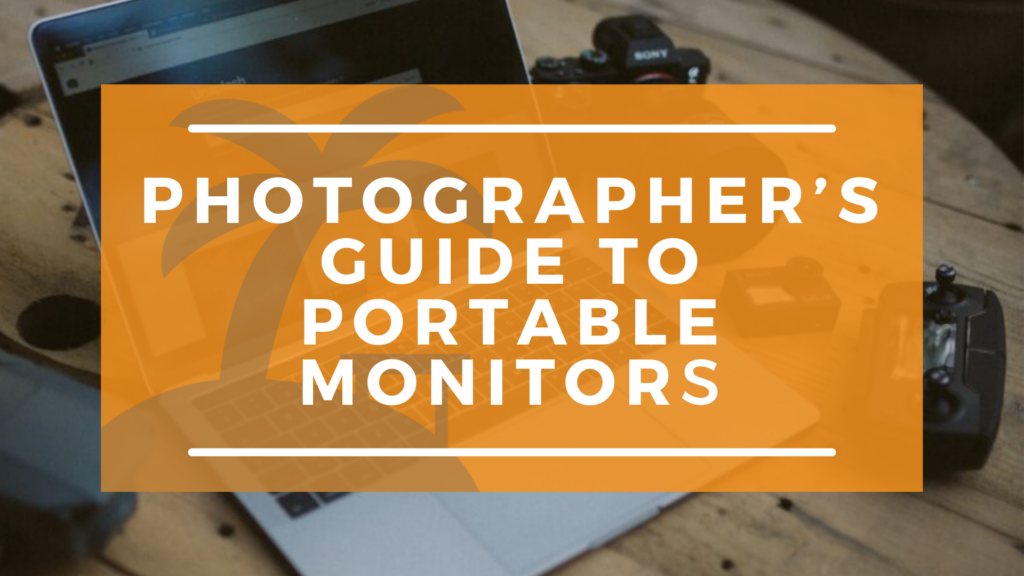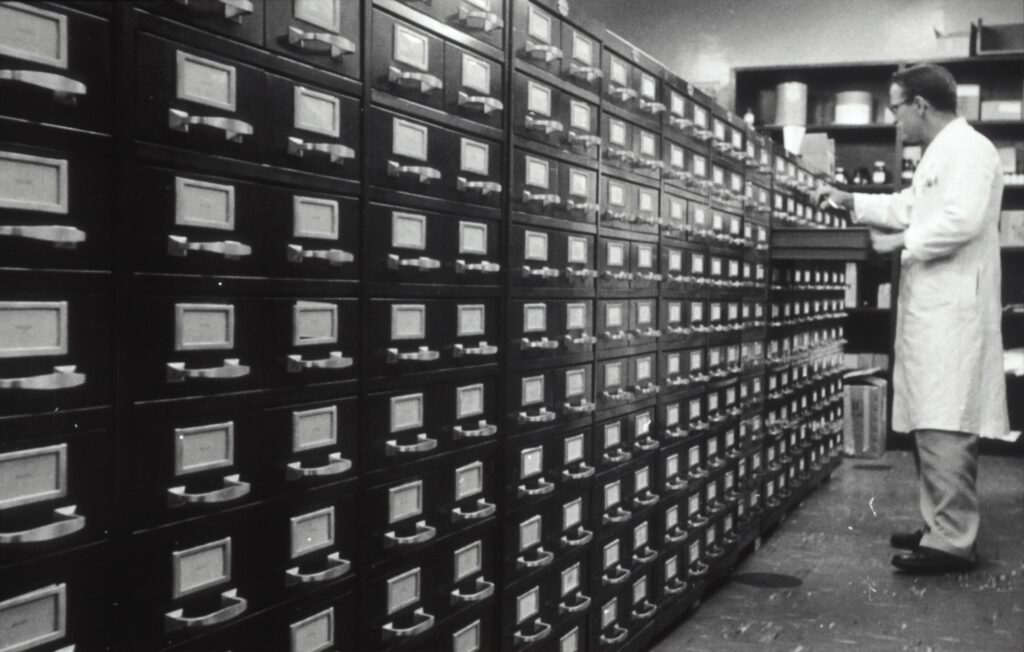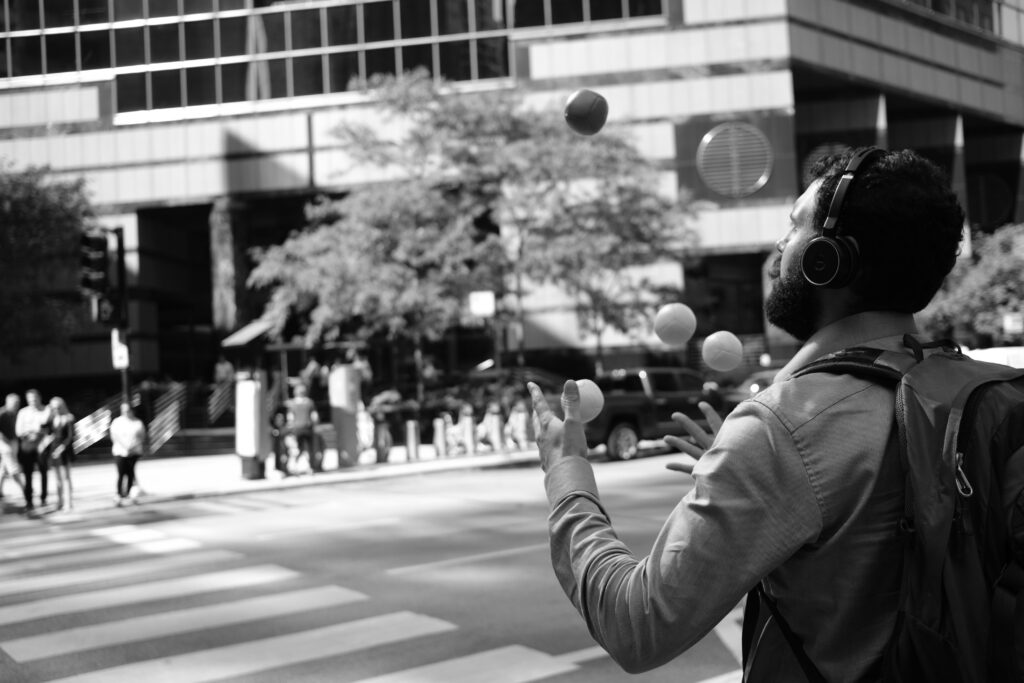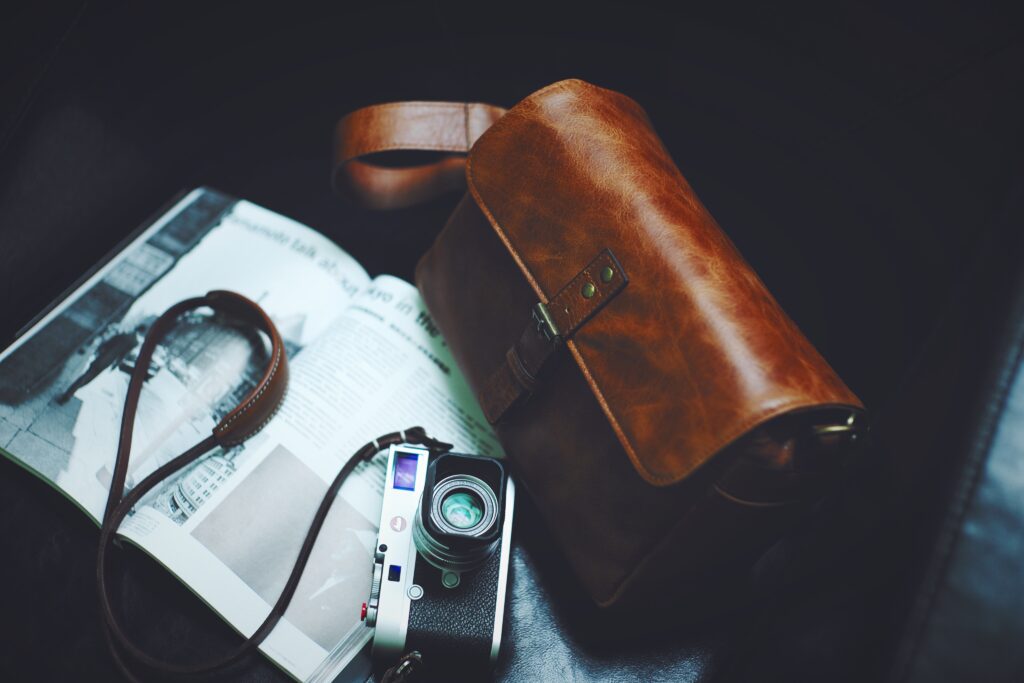
For a photographer, screen real estate is one of the most important things you can have after the right shooting gear, of course. It is even more important when you’re working remotely, which, let’s be honest, is what most photographers do nowadays.
This is where the portable monitor comes in handy. It allows you to essentially double your screen real estate and save a lot of time, no matter where you are. A portable screen will enable you to sort through your files quickly, compare photos, multitask, and work faster. It is also extremely useful when you connect it to your camera to set up a shot or check out a specific image without moving your DSLR or mirrorless device.
Great for File Sorting

Photographers can benefit significantly from using a portable monitor. It is an excellent tool not only when it comes to multitasking but for organizing your photos as well.
First of all, think about when you needed to take some photos from different sessions and put them all in one place.
If it’s just a couple, you can easily do it on a single screen, but if you have to take images from 20 different folders, it’s going to be a nightmare. With a second screen, you can sort through files even 5 times faster, and if God forbid, those files are on your phone, the portable monitor becomes a real lifesaver.
See More Photos
One more thing you can do better with a second screen is to examine multiple photos simultaneously. Sure, a software like Lightroom lets you do that quickly, but looking at 2 images at the same time means that you’ll have to split your screen if you don’t have a portable monitor.
A second screen allows you to quickly pull up a second picture right beside the first one. Sure, some might say that a bezel gap can be a bit distracting when working, but the only way you can eliminate it and have lots of screen real estate is by investing in an ultrawide monitor, but good luck trying to carry one of those everywhere.
Do More at Once

Multitasking has been one of the buzzwords of the last decades. Even as a photographer, you might have to do this from time to time. Although it’s not the best idea to stop while editing a photo to answer an email, from time to time, you might have to do this as well. Having a second screen on hand will help you save a lot of time when switching between tasks.
This means more time focused on a single task so that you can have more free time later. In fact, the time you save each week with a second screen is enough to edit the images from an entire session.
Goodbye Alt-Tabbing
One of the most hated actions by not just photographers but PC users worldwide is alt-tabbing. Who didn’t get lost at least once between tabs when desperately trying to find a certain app? And who didn’t celebrate when finally being able to set up two monitors on their desktop?
Thanks to the portable monitor, you can now say goodbye to alt-tabbing even when you’re working away from your studio. Just open your laptop, connect your portable monitor, and you can now easily switch between 2 applications without having to alt-tab.
Moreover, you will decrease the chances of one of your software crashes because of this action. There isn’t a single photographer who, at one point, hadn’t lost hours of editing because of a software crash.
Who Doesn’t Move a Lot?

Photography is one of those jobs where you spend a lot of time out of your office or studio in this case. Even as a studio photographer, you’ll have to get out from time to time to shoot in specific locations.
But if you’re a wedding, event, nature, or travel photographer, then your office is wherever you are at that particular moment: a coffee shop, hotel room, or even the blanket on the ground.
No matter where you are, you can easily set up a portable monitor next to your laptop for that extra screen real estate that you can use in multiple ways. In fact, this device is probably the best invention of recent years and makes life easier for photographers, after cloud storage and cloud editing.
The portable monitor also might come in handy even when you’re meeting a new client outside your studio. Let’s say that you are meeting with several people, and instead of them crowding over your laptop screen, you take out a second monitor so that everyone can easily see your portfolio. Now that’s a great way to make a lasting first impression.
Use It for the Perfect Shot
One last reason to buy a portable monitor is that you can use it even while you’re taking photographs. It’s very frustrating to check if a photo turned out ok on the small LCD screen of your camera. Instead, you can easily connect your DSLR or mirrorless to a portable monitor to check it right away on a high-quality screen.
This way, you’ll make sure you’ll never have to go back and retake a shot that your client just needs to have. Some screens can also be used as a camera monitor, which you can easily place on a tripod next to your DSLR to see live previews before taking the picture.
Conclusion
Buying a portable monitor is one of the best investments you can make as a photographer right now, especially if you are one who works out of his office most of the time. The portable monitor can basically double your screen real estate without having to pay a fortune or carry around a few extra pounds.
Many manufacturers who make monitors for photo editing also have some portable devices in their portfolio, so there’s plenty of products to choose from. It all depends on your budget, as most good portable monitors have a starting price of around $150.
Comments are closed.